We all use the internet daily — opening Google, watching YouTube, or
checking Instagram. But have you ever wondered: what really happens when
you type a website name and press Enter?
Let's understand this step by step in the simplest way possible.
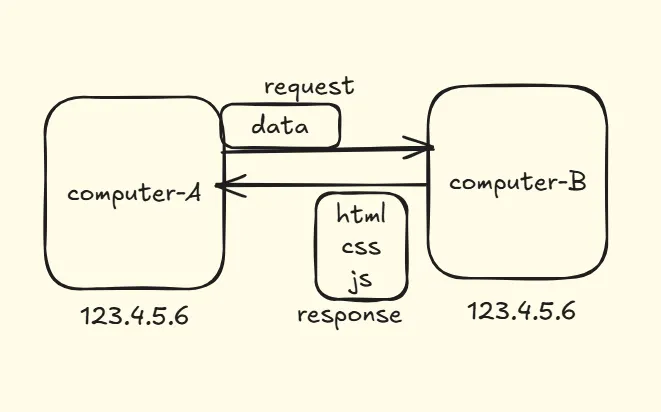
When we want to send data from one computer to another, we first need to
know where to send it.
That's what an IP address does.
It's like a house number on the internet.
Every device (computer, phone, or server) has a unique IP address.
So your data now knows the "house" it needs to reach.
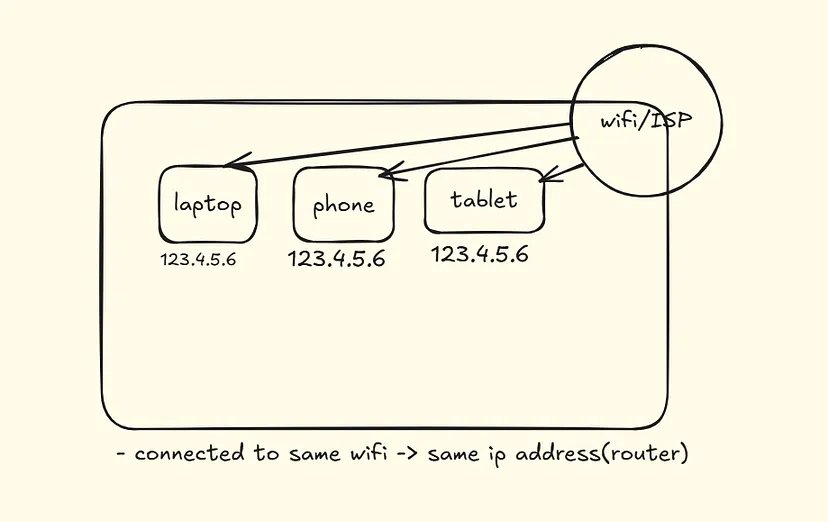
Okay, we found the house. But inside a big building, there may be many
flats. Which flat exactly?
That's where the MAC address comes in.
It's like the flat number inside the building.
It uniquely identifies a single device (your laptop, your phone, or even
your Wi-Fi router).
Now the data knows exactly which device should receive it.
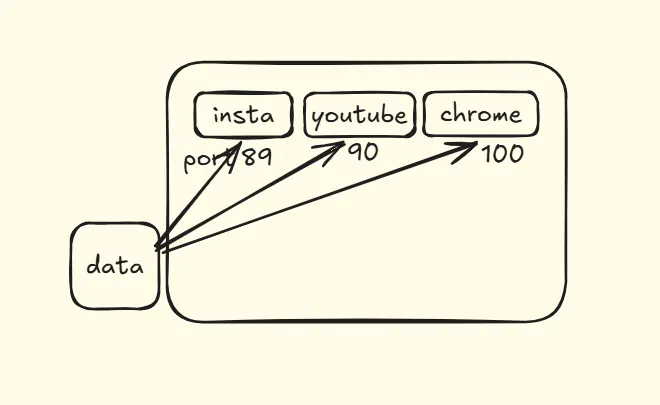
Great! The data reached the device. But wait—your device runs many apps at
once.
So how does the data know whether to go to your browser, email app, or
WhatsApp?
That's where the port number helps.
Think of it like a room inside the flat.
Example:
Port 80 → websites (HTTP)
Port 443 → secure websites (HTTPS)
Now, the data is delivered to the right app.
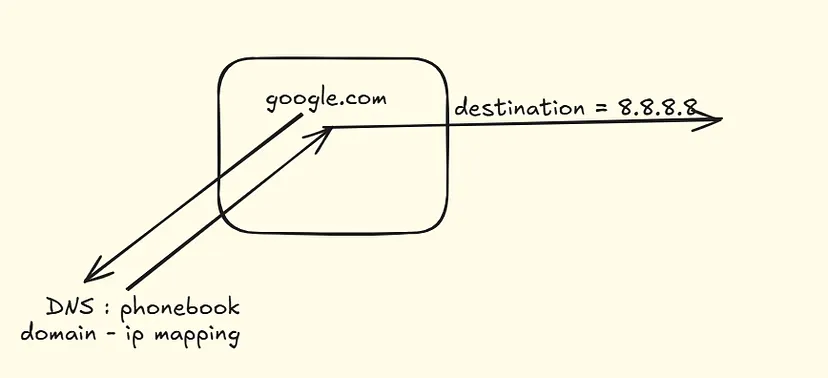
We don't type IP addresses like 142.250.190.78. Instead, we type names
like www.google.com.
But computers only understand numbers. So we need DNS (Domain Name
System).
DNS works like a phonebook.
You give it the name (google.com), it returns the number (IP address).
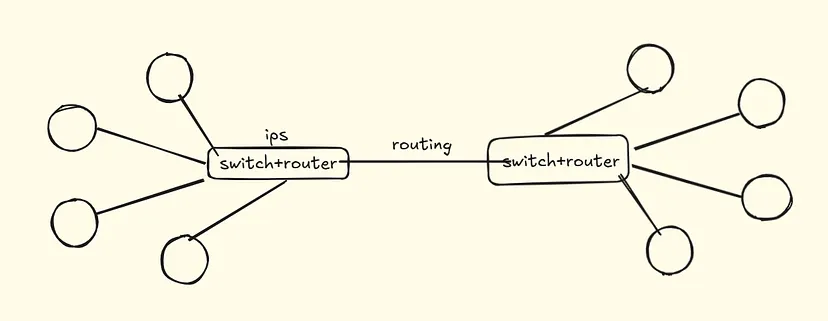
Alright, we have the IP address. But how do we travel there?
First, your request goes to your ISP (Internet Service Provider).
Then it passes through routers, which are like traffic signals that decide
the fastest route to the destination server.
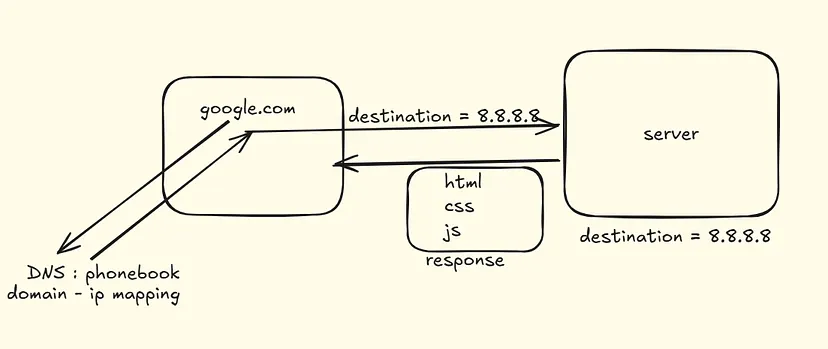
Now your request reaches the server.
Think of a server as a warehouse storing website data.
It finds the right files and sends them back to you.
Usually, the server sends three main files:
HTML → the structure of the webpage
CSS → the design and look
JavaScript → the interactivity
Finally, your browser takes these files and assembles them—like putting
Lego blocks together.
And boom! The webpage appears on your screen.